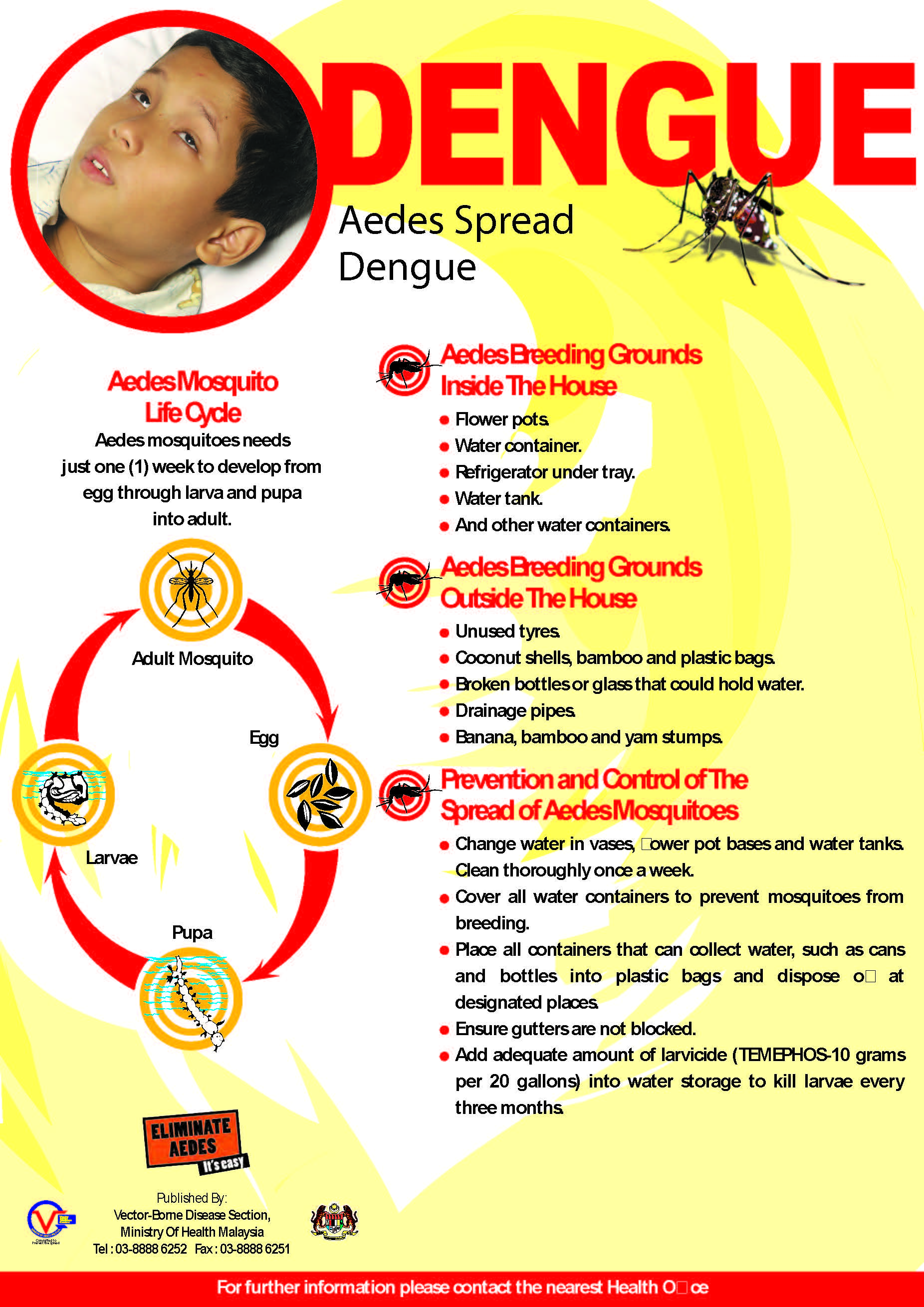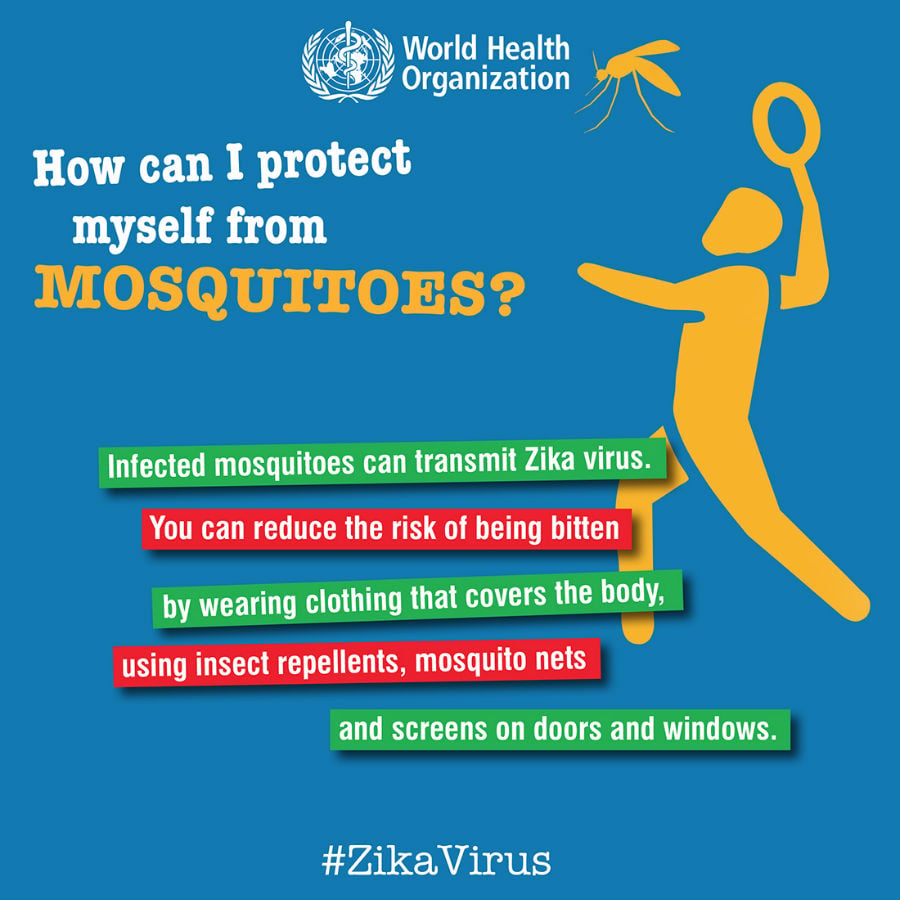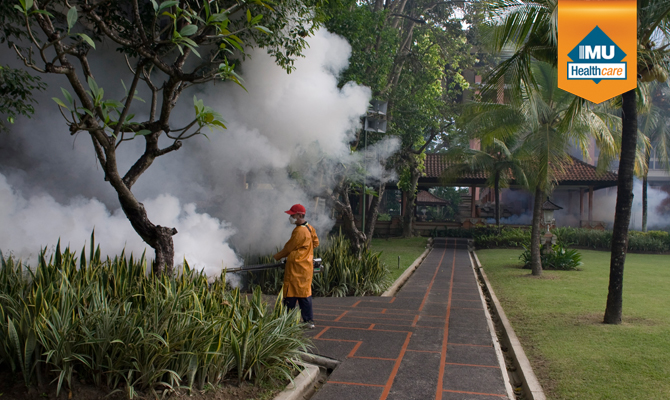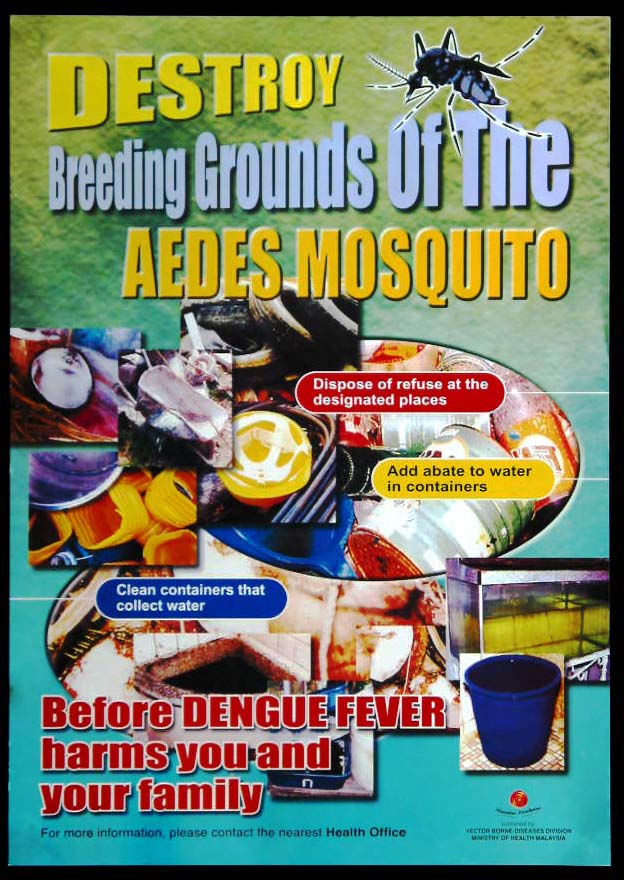Zoonoses is not a zoo for noses or nosey people.
Zoonoses is the plural of zoonosis. A zoonosis is a disease that is transmitted from an animal or insect to a human. Originating from the Greek words zoon (animal) and nosos (sickness), the World Health Organization (WHO) refers to a zoonosis as a zoonotic disease. Zoonoses have been recognised for many centuries, and over 200 have been described. They are caused by all types of pathogenic agents, including bacteria, parasites, fungi, and viruses. How It’s Transmitted A zoonotic disease is a disease that is transferred from animals to people either directly from saliva, urine, faeces, or tissues to vector transmission (ticks, mosquitoes) to ingesting infected food or beverage. Types of Zoonoses According to the Centre for Disease Control and Prevention, scientists estimate that more than 6 out of every 10 infectious diseases in humans are spread from animals. Let’s start with the ones we’re most likely to encounter in our daily lives.  Most common in Malaysia is dengue which is transmitted from the bite of an Aedes mosquito. Aside from dengue, malaria and Chikungunya could also be transmitted through the bites of infected mosquitos. Other well-known illness stemming from mosquito bites include the West Nile virus and more recently Zika.
Most common in Malaysia is dengue which is transmitted from the bite of an Aedes mosquito. Aside from dengue, malaria and Chikungunya could also be transmitted through the bites of infected mosquitos. Other well-known illness stemming from mosquito bites include the West Nile virus and more recently Zika. 
 Leptospirosis or better known as “rat urine disease” is another familiar zoonotic disease in Malaysia. Not confined to only dirty areas, those indulging in outdoor activities at waterfalls and rivers or while camping can fall victim to the disease, which is spread via the urine of both wild and domestic animals, usually rats.
Leptospirosis or better known as “rat urine disease” is another familiar zoonotic disease in Malaysia. Not confined to only dirty areas, those indulging in outdoor activities at waterfalls and rivers or while camping can fall victim to the disease, which is spread via the urine of both wild and domestic animals, usually rats.
Human infection occurs through direct contact with the urine of infected animals or by contact with a urine-contaminated environment, such as surface water, soil and plants. The bacteria – found in a variety of both wild and domestic animals, including rodents – can gain entry through cuts and abrasions in the skin and through mucous membranes of the eyes, nose and mouth. The early stages of the disease may include high fever, severe headache, muscle pain, chills, redness in the eyes, abdominal pain, jaundice, hemorrhages in skin and mucous membranes (including pulmonary bleeding), vomiting, diarrhea and a rash.
Unlike the pesky mosquito or the dreaded rat, pets are loved in homes. For many, pets such as dogs and cats, are treated like members of the family. And like any member of your family, it’s important to keep your companion animal healthy and free of parasites. This means being vigilant with cleanliness and visits to the vet as it is fairly common for a dog or cat to become infected with an internal or external parasite at some point in its lifetime. Some parasites, like roundworms and hookworms from domesticated dogs and cats, can even infect and transmit diseases to you and your family. Cat owners, for example could contract toxoplasmosis, from the larva breaking through human skin, perhaps from walking barefoot on infected soil and earth where at one point the infected pet’s faeces may have been. If you’re healthy, you probably won’t know you’ve contracted toxoplasmosis. Some people, however, develop signs and symptoms similar to those of the flu, including body aches, swollen lymph nodes, headache, fever and fatigue. The signs and symptoms of severe toxoplasmosis — blurred vision, confusion, poor coordination — require immediate medical care, particularly if your immune system has been weakened.  Even without pets, maintaining a clean household environment is essential not only for hygiene but also to ensure a healthy life. For example, every year millions of people get sick because of foodborne zoonoses such as Salmonellosis (or salmonella poisoning) and Campylobacteriosis which cause fever, diarrhoea, abdominal pain, malaise and nausea. For example, Salmonella is a ubiquitous and hardy bacteria that can survive several weeks in a dry environment and several months in water. Over 2,500 different strains (called “serotypes” or “serovars”) of the Salmonella species, have been identified to date. Salmonella typhi, which causes typhoid disease, is the most common in Malaysia especially during outbreaks. Salmonella can pass through the entire food chain from animal feed, primary production, and all the way to households or food-service establishments and institutions. Thus, clean food preparation is vital as Salmonellosis is generally contracted through the consumption of contaminated food of animal origin (mainly eggs, meat, poultry and milk), although other foods, including green vegetables contaminated by manure, have been implicated in its transmission. The onset of disease symptoms occurs 6 – 72 hours (usually 12-36 hours) after ingestion of salmonella, and illness lasts 2 – 7 days. Symptoms of salmonellosis are relatively mild and patients will make a recovery without specific treatment in most cases. However, in some cases, particularly in the very young and in the elderly patients, the associated dehydration can become severe and life-threatening. Who Are Most At Risk? Contracting zoonotic disease depends on exposure. For example, though innocuous, places such as zoos, animal petting fairs, wildlife reserves and even pet stores could harbour zoonotic pathogens. Because the average person may not know which animal is infected, or carrying the pathogen, people with weakened immune systems – such as those with HIV or cancer patients undergoing chemotherapy – are also as much at risk as pregnant women, young children and elderly. Travellers can also be at risk. What Precautions Can I Take?
Even without pets, maintaining a clean household environment is essential not only for hygiene but also to ensure a healthy life. For example, every year millions of people get sick because of foodborne zoonoses such as Salmonellosis (or salmonella poisoning) and Campylobacteriosis which cause fever, diarrhoea, abdominal pain, malaise and nausea. For example, Salmonella is a ubiquitous and hardy bacteria that can survive several weeks in a dry environment and several months in water. Over 2,500 different strains (called “serotypes” or “serovars”) of the Salmonella species, have been identified to date. Salmonella typhi, which causes typhoid disease, is the most common in Malaysia especially during outbreaks. Salmonella can pass through the entire food chain from animal feed, primary production, and all the way to households or food-service establishments and institutions. Thus, clean food preparation is vital as Salmonellosis is generally contracted through the consumption of contaminated food of animal origin (mainly eggs, meat, poultry and milk), although other foods, including green vegetables contaminated by manure, have been implicated in its transmission. The onset of disease symptoms occurs 6 – 72 hours (usually 12-36 hours) after ingestion of salmonella, and illness lasts 2 – 7 days. Symptoms of salmonellosis are relatively mild and patients will make a recovery without specific treatment in most cases. However, in some cases, particularly in the very young and in the elderly patients, the associated dehydration can become severe and life-threatening. Who Are Most At Risk? Contracting zoonotic disease depends on exposure. For example, though innocuous, places such as zoos, animal petting fairs, wildlife reserves and even pet stores could harbour zoonotic pathogens. Because the average person may not know which animal is infected, or carrying the pathogen, people with weakened immune systems – such as those with HIV or cancer patients undergoing chemotherapy – are also as much at risk as pregnant women, young children and elderly. Travellers can also be at risk. What Precautions Can I Take?
After you are around an animal, wash your hands for 20 seconds. That’s about how long it takes to sing the Happy Birthday song twice. If you are vacationing outdoors, protect yourself from bug bites, day and night by using bug repellent on skin not covered by clothes or shoes. Spray your clothing and gear—including boots, pants, socks, bed nets, and tents—with products containing permethrin, which repels and kills ticks, mosquitoes, and other arthropods. Even with sprays, still check for ticks after you’ve been outdoors. At home, prevent mosquito breeding ground by getting rid of any standing or stagnant water.
It is advisable that you check with a doctor or medical expert (plus relevant travel advisory pages, when making travel plans) if you have any anxiety about exposure to such pathogens in certain situations. Certain infections do have vaccine, such as typhoid.
Other sources: http://www.who.int/zoonoses/en/ http://www.who.int/topics/zoonoses/en/ http://www.who.int/mediacentre/factsheets/fs139/en/ http://www.who.int/water_sanitation_health/diseases/leptospirosis/en/ http://www.cdc.gov/onehealth/zoonotic-diseases.html http://www.cdc.gov/about/facts/cdcfastfacts/zoonotic.html http://www.cdc.gov/parasites/toxoplasmosis/gen_info/faqs.html http://www.mayoclinic.org/diseases-conditions/toxoplasmosis/basics/symptoms/con-20025859 https://www.efsa.europa.eu/en/topics/topic/zoonoticdiseases https://en.wikipedia.org/wiki/Zoonosis http://www.hse.gov.uk/agriculture/topics/zoonoses.htm This article is brought to you by IMU Healthcare.










